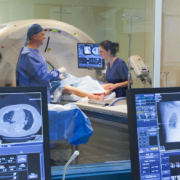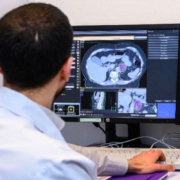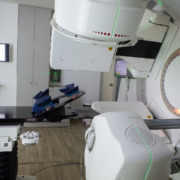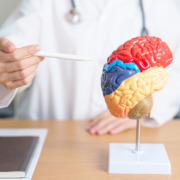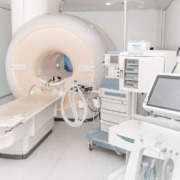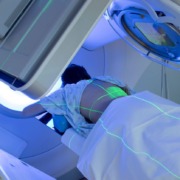What Happens After Radiotherapy Treatment Is Completed?
A comprehensive cancer treatment neither begins nor ends with the course of radiotherapy, and a private clinic will often provide a comprehensive group of primary treatments as well as therapeutic support, advice and a specialist focus on day-to-day care.
Because of this, cancer treatment typically begins from the moment a test, screen, biopsy or set of symptoms suggests that you might have cancer, with a multidisciplinary team forming to support your doctor and primary care team in developing a comprehensive treatment pathway.
During this time, not only will your primary treatments such as radiotherapy and chemotherapy be planned and undertaken, but you will be provided with rehabilitation before, during and after treatment to ensure that it works as effectively as possible and that people are supported at every part of their treatment journey.
The end of a primary treatment can often bring questions, concerns and challenges, and whilst life post-radiotherapy will look very different depending on the type of treatment, here are some common elements to expect following radiotherapy.
A Holistic Needs Assessment
The end of the primary treatment is not often the end of the need for support, and with that in mind, many clinics have some kind of holistic needs assessment.
It is not always known by this name, but a holistic needs assessment is an exploration of all of the ways in which cancer and the treatment for it have affected a person, as well as identifying areas of concern beyond any lingering treatment effects.
Not all clinics or doctors undertake a holistic needs assessment in the same way, but it typically consists of either a series of questions or a checklist, a discussion of the answers by a member of the cancer team, and the creation of a personalised care and support plan.
This is not only helpful for providing targeted support and treatment following primary care, but it helps to provide reassurance that the team will still be there to help even following the end of radiotherapy.
Treatment Summary And Next Steps
Once the course of treatment is completed, a summary of the entire pathway is often provided.
This provides information not only on all the treatment sessions that have already been completed but also all of the follow-up information needed going forward.
This includes expectations of lingering symptoms, any possible new symptoms to report to a member of the cancer team, contact details for the cancer team and any key workers, as well as details of follow-up appointments and tests.
Follow-Up Appointments
Following the end of treatment, there will be continued appointments with a member of the cancer team. These are known as follow-up appointments and will regularly take place at first, although in some cases they can become less frequent.
As well as this, a person’s primary care doctor will also be provided a complete treatment report and can also provide more general help and support for recovery, managing symptoms and making additional referrals whilst necessary.
They will also help with any follow-up prescriptions for medications to manage symptoms.
A Change To A New Routine
Radiotherapy treatment can sometimes consist of a single procedure, such as is commonly the case with Gamma Knife radiosurgery, which uses a series of focused beams and a computer-guided system to provide precisely focused beams of radiation.
In other cases, however, it can consist of weeks or months of regular treatment that can range from every weekday to two or three times a week depending on the timetable for treatment and the number of radiation doses required.
Whilst this is a disruption to a routine that takes time and support to get used to, the end of the course of treatment can in many cases feel just as disruptive.
This is normal, and many people have mixed feelings following the end of treatment, as they make adjustments and return to a normal life whilst taking care of the treatment area and managing fatigue that can often result.
Additional Support
Following treatment, the cancer team can signpost support services in the area that can help, whether as part of a holistic needs assessment or as part of more ad-hoc advice.
A lot of people have had similar experiences with treatment and will often form or take part in support groups in local areas to create a community that helps uplift each other or take part in activities together to assist with mental and physical health.
Recovery looks very different to different people, and it is okay for it to be a gradual process with some good days and some bad days. Eventually, there will be far more of the former than the latter, and life will return to a new normal.

